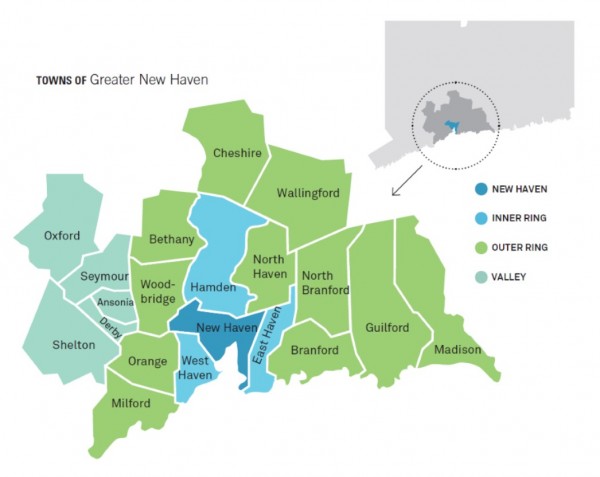Will Olympic Footprint Extend into Connecticut? State Officials Offer Possibilities to Planners; April 2 Public Forum in Springfield
/Should Boston be selected in 2017 by the International Olympic Committee (IOC) to host the 2024 Olympic Summer Games, Massachusetts may not be the only northeast city to host Olympic events.
Published reports indicate that venues outside the Bay State are being actively considered, and Connecticut’s Capital Region Development Authority (CRDA) is among the organizations reaching out to express interest. Network coverage of the 2024 Olympic Games would come from NBC Sports - which has facilities based in Stamford, Connecticut - under an agreement between the network and the IOC signed last year. 
The official Boston 2024 website indicates that “there may be opportunities for preliminary rounds of certain events in other states.” The Boston Globe has reported that bid organizers have “held high-level conversations” with cities in addition to Boston about hosting events, including New York and Washington. There are no indications that talks with Connecticut officials are underway.
Connecticut officials – and residents – may have an opportunity to weigh in when Boston 2024 holds a community meeting in Springfield, MA, on April 2 - one of 20 such sessions being held around the state of Massachusetts over the next few months, and the nearest location to Connecticut. The community meetings begin in Lowell on March 11. There does not appear to be a requirement that speakers be Massachusetts residents.
Rhode Island Gov. Gina Raimondo told the Associated Press earlier this month that she has spoken with Massachusetts Gov. Charlie Baker about collaborating and plans to put together her own team to explore how Rhode Island could benefit from Boston's bid.
CRDA, in a January letter to Boston 2024 officials, suggested that a number of Connecticut facilities “could serve for official events, whether preliminary or final; or for practice sites for teams and individuals competing in the Games.” State officials suggested the Connecticut Convention Center and XL Center in Hartford, Rentschler Field in East Hartford, and the Connecticut Tennis Center in New Haven as facilities that could be considered by leaders of the Boston 2024 bid “as you advance your thinking and planning.”
The Globe recently reported that “by following the IOC’s guidelines and taking advantage of existing world-class facilities in other cities, Boston 2024 organizers believe they can avoid the white  elephant venues and out-of-control costs that have plagued Olympic hosts for decades.” Recently adopted IOC guidelines are aimed at reducing costs by host cities and are more amenable to having some events take place outside the immediate Olympic perimeter.
elephant venues and out-of-control costs that have plagued Olympic hosts for decades.” Recently adopted IOC guidelines are aimed at reducing costs by host cities and are more amenable to having some events take place outside the immediate Olympic perimeter.
The Globe pointed out that at the most recent Summer Games in London, sailing was held 142 miles southwest of the host city and organizers staged mountain biking an hour’s drive from London. Soccer matches took place at stadiums in several cities, including Cardiff, Coventry, Glasgow, Manchester, and Newcastle, prior to finals in London.
The correspondence from CRDA Executive Director Michael Freimuth includes information about each of the Connecticut venues, and an invitation to “visit the facilities to assess them as a means to meet the demands of the Olympics.” No word thu s far on whether such a tour has been scheduled. Possible sports at the Connecticut venues, as suggested by CRDA, include badminton, table tennis, wrestling, martial arts, and weightlifting. Basketball, volleyball and soccer could be additional possibilities, along with tennis. The Connecticut Tennis Center is described as the fourth largest tennis venue in the world, with seating capacity of 15,000. Within the past week, options for major renovations or reconstruction of Hartford’s XL Center have been announced, with a decision on how to proceed due later this year.
s far on whether such a tour has been scheduled. Possible sports at the Connecticut venues, as suggested by CRDA, include badminton, table tennis, wrestling, martial arts, and weightlifting. Basketball, volleyball and soccer could be additional possibilities, along with tennis. The Connecticut Tennis Center is described as the fourth largest tennis venue in the world, with seating capacity of 15,000. Within the past week, options for major renovations or reconstruction of Hartford’s XL Center have been announced, with a decision on how to proceed due later this year.
The Boston 2024 website also notes that “many national Olympic and Paralympic teams will arrive months in advance of the Games to acclimate and train; they may lease facilities at high schools and colleges around the region.”
NBC owns the exclusive U.S. media rights for an unprecedented 11 consecutive Summer and Winter Olympics, a run which began with the 2000 Sydney Games and continues through the 2020 Summer Olympics. In January 2013, the network opened a state-of-the-art 300,000 square foot facility headquartered in Stamford, Connecticut on a thirty-three acre campus. The facility brought NBC Sports, NBC Sports Network, NBC Olympics, NBC Sports Digital, and NBC Regional Networks all under one roof. In May 2014, NBC Universal agreed to pay a reported $7.75 billion for the exclusive broadcast rights to the six Olympic Games from 2022 to 2032.
opened a state-of-the-art 300,000 square foot facility headquartered in Stamford, Connecticut on a thirty-three acre campus. The facility brought NBC Sports, NBC Sports Network, NBC Olympics, NBC Sports Digital, and NBC Regional Networks all under one roof. In May 2014, NBC Universal agreed to pay a reported $7.75 billion for the exclusive broadcast rights to the six Olympic Games from 2022 to 2032.
International Olympic Committee president Thomas Bach, of Germany, called Boston’s 2024 Olympic bid “very strong” in an interview that aired during NBC’s Super Bowl XLIX pregame show earlier this month. Boston could face formidable opposition from cities including Paris, Berlin, Rome and Hamburg and when the 102-member IOC votes to choose the host city. The deadline for cities to file bids is September 2015.



 tently and robustly in research.” Describing Connecticut as “the home of innovation in engineering,” Esty said that engineers provide “the inspiration to solve the world’s problems.”
tently and robustly in research.” Describing Connecticut as “the home of innovation in engineering,” Esty said that engineers provide “the inspiration to solve the world’s problems.” Among the faculty award recipients was Dr. Alfred A. Gates, Professor of Engineering at Central Connecticut State University, whose two decades at the university have been a steady stream of technical innovation and teaching. Gates noted that CCSU has just become the first university in the United States to receive a
Among the faculty award recipients was Dr. Alfred A. Gates, Professor of Engineering at Central Connecticut State University, whose two decades at the university have been a steady stream of technical innovation and teaching. Gates noted that CCSU has just become the first university in the United States to receive a 

 “These collective efforts will establish the Stamford 2030 District as an example of a financially viable, sustainability focused, multi-sector driven effort that maximizes profitability and prosperity for all involved. Through collaboration of diverse stakeholders, leveraging existing and developing new incentives and financing mechanisms, and creating and sharing joint resources, the Stamford 2030 District will prove the business case for healthy and high performing buildings.”
“These collective efforts will establish the Stamford 2030 District as an example of a financially viable, sustainability focused, multi-sector driven effort that maximizes profitability and prosperity for all involved. Through collaboration of diverse stakeholders, leveraging existing and developing new incentives and financing mechanisms, and creating and sharing joint resources, the Stamford 2030 District will prove the business case for healthy and high performing buildings.”




 o their teams as “Raiders” – not “Red Raiders.” Promoting their 2014 Thanksgiving Day football rivalry, the Torrington website said “Come out to see the Raiders take on the Watertown Indians in the 49th renewal of this holiday classic. The Raiders have held off the Indian attack the past two seasons…”
o their teams as “Raiders” – not “Red Raiders.” Promoting their 2014 Thanksgiving Day football rivalry, the Torrington website said “Come out to see the Raiders take on the Watertown Indians in the 49th renewal of this holiday classic. The Raiders have held off the Indian attack the past two seasons…”

 chester High School (Indians), Montville High School (Indians), and Newington High School (Indians). Also, the Nonnewaug (Woodbury) High School (Chiefs), North Haven Senior High School (Indians), RHAM Junior Senior High School (Sachems), Valley Regional (Deep River) High School (Warriors), Wamogo (Litchfield) Regional High School (Warriors), Watertown High School (Indians), Wilcox Technical (Meriden) High School (Indians), Wilton High School (Warriors), Windsor High School (Warriors), Windsor Locks High School (Raiders).
chester High School (Indians), Montville High School (Indians), and Newington High School (Indians). Also, the Nonnewaug (Woodbury) High School (Chiefs), North Haven Senior High School (Indians), RHAM Junior Senior High School (Sachems), Valley Regional (Deep River) High School (Warriors), Wamogo (Litchfield) Regional High School (Warriors), Watertown High School (Indians), Wilcox Technical (Meriden) High School (Indians), Wilton High School (Warriors), Windsor High School (Warriors), Windsor Locks High School (Raiders).
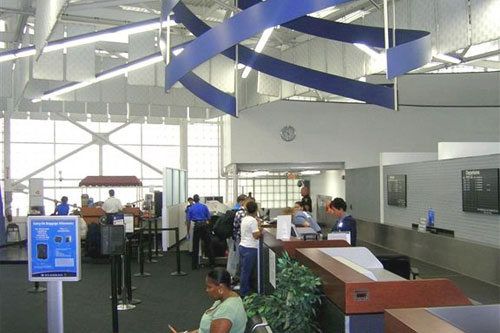
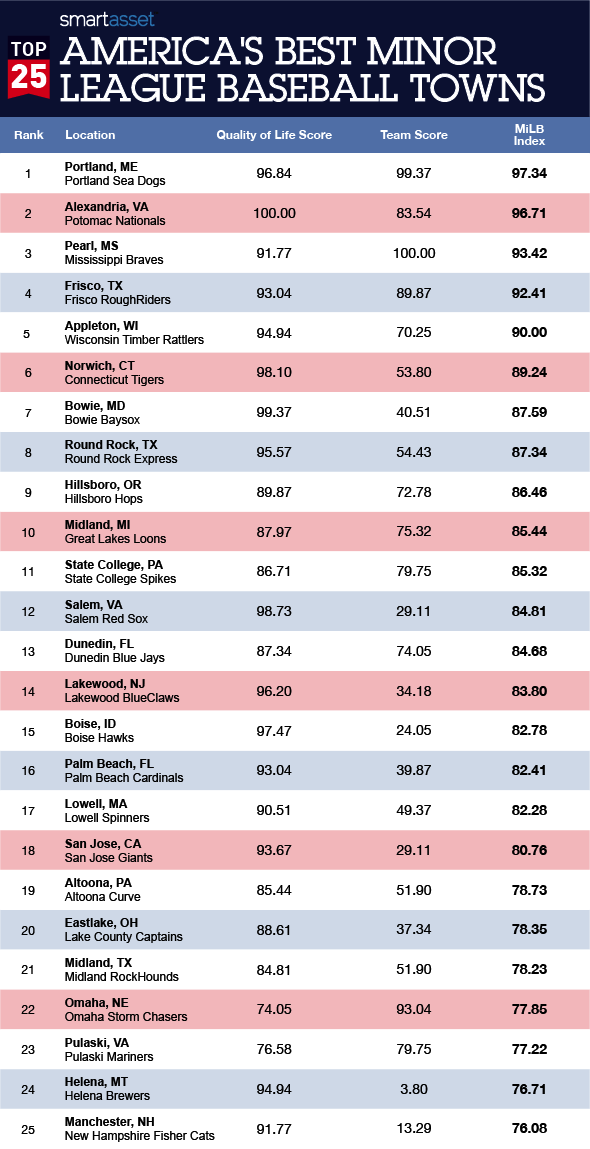
 pot in the postseason for the first time in their five year franchise history. The franchise plays home games at Dodd Stadium in Norwich. The facility celebrated its 20th year in 2014.
pot in the postseason for the first time in their five year franchise history. The franchise plays home games at Dodd Stadium in Norwich. The facility celebrated its 20th year in 2014.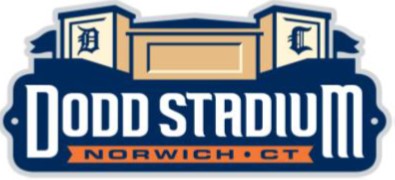 ent.
ent. Artists conception of planned baseball stadium in Hartford.
Artists conception of planned baseball stadium in Hartford.
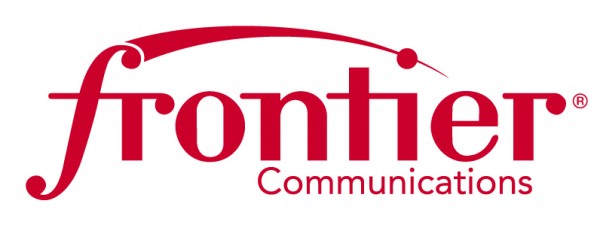
 Denise Morrison, the subject of the lead business story in the February 2, 2015 issue of
Denise Morrison, the subject of the lead business story in the February 2, 2015 issue of 

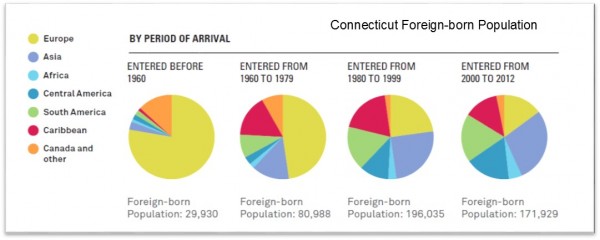
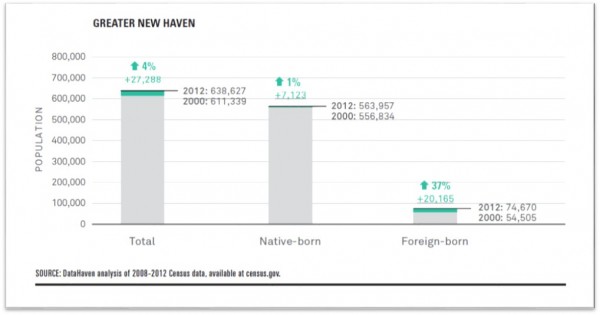 In New Haven’s neighborhoods in particular, the boost in immigrants has revitalized communities and spurred new businesses. From 1970 to 1990, the foreign-born population in most New Haven neighborhoods remained flat or declined, and these neighborhoods suffered from overall population decline—similar to other central city neighborhoods in post-industrial cities. Since 1990, the report found, the foreign-born population in many city neighborhoods has rebounded sharply, particularly in areas such as Edgewood, West River, Fair Haven, and the Hill. These areas have seen a large influx of population and business overall.
In New Haven’s neighborhoods in particular, the boost in immigrants has revitalized communities and spurred new businesses. From 1970 to 1990, the foreign-born population in most New Haven neighborhoods remained flat or declined, and these neighborhoods suffered from overall population decline—similar to other central city neighborhoods in post-industrial cities. Since 1990, the report found, the foreign-born population in many city neighborhoods has rebounded sharply, particularly in areas such as Edgewood, West River, Fair Haven, and the Hill. These areas have seen a large influx of population and business overall.